3rd Oct 2023
6 Historic Ruins Where You Can Explore Scotland’s Past
Because of its rich legacy and violent past, as well as its award-winning landscape, Scotland is a popular tourist destination for visitors from all over the world. The following six Scottish ruins demonstrate how beautiful, yet melancholy, Scotland’s structures and history can be.
1. Dunnottar Castle
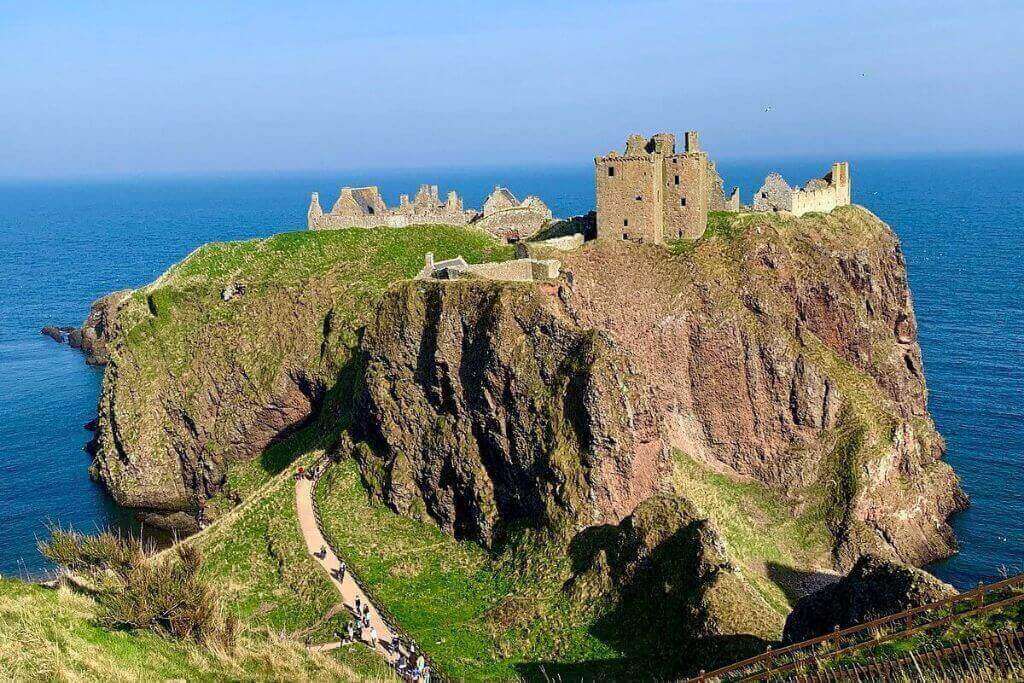
The destroyed medieval fortress of Dunnottar Castle, once home to the Honours of Scotland—the country’s crown jewels—is an iconic backdrop and one of Scotland’s most breathtaking historical sites. The ruins, which include a dungeon, a restored dining room, a drinking hole, and stables, are raised above the North Sea by steep cliffs.
The Pearson family now manages the castle, which is open to the public in the spring and summer. The tattered vestiges of Dunnottar have taken a beating, from an Oliver Cromwell’s army siege that lasted months in the 17th century to the violent wind and spray of the North Sea.
2. St Peter’s Seminary (Argyll)
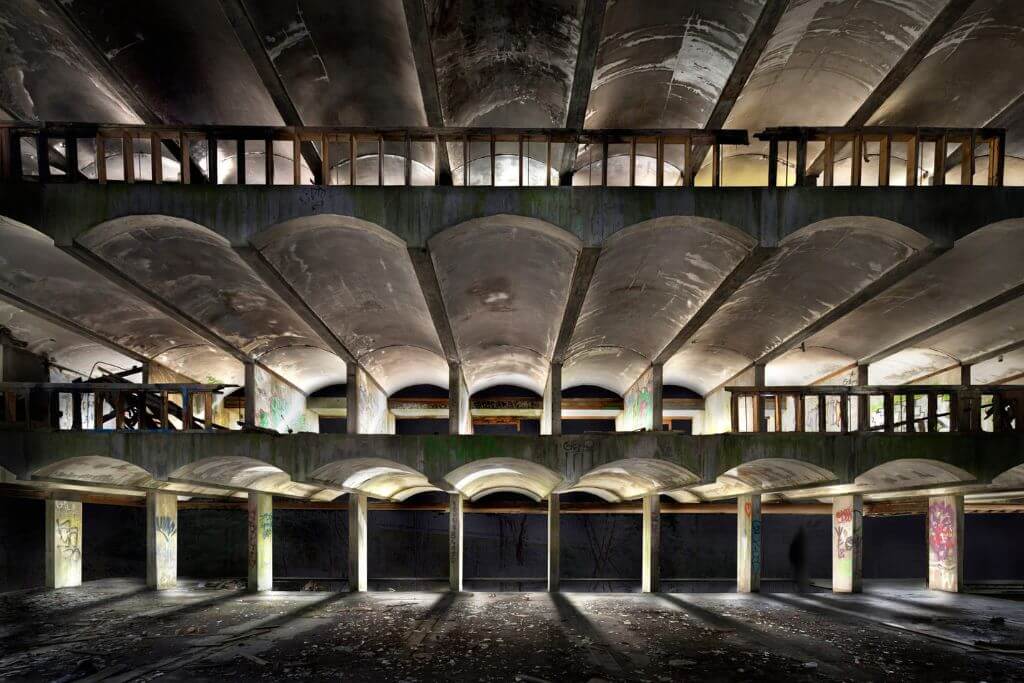
The interior of St. Peter’s Seminary, one of Scotland’s most well-known Roman Catholic monuments, blends Brutalist and Le Corbusier influences and can accommodate up to 100 priests. It was never able to hold that many people, and significant issues with water penetration and the building’s architecture caused it to deteriorate swiftly.
The seminary had already closed by 1980 and had been converted into a drug rehab center, but it too had to close owing to persisting troubles in 1985. In 1995, three years after receiving A-listed structure classification, the structure was damaged by fire.

3. Barnton Quarry Bunker
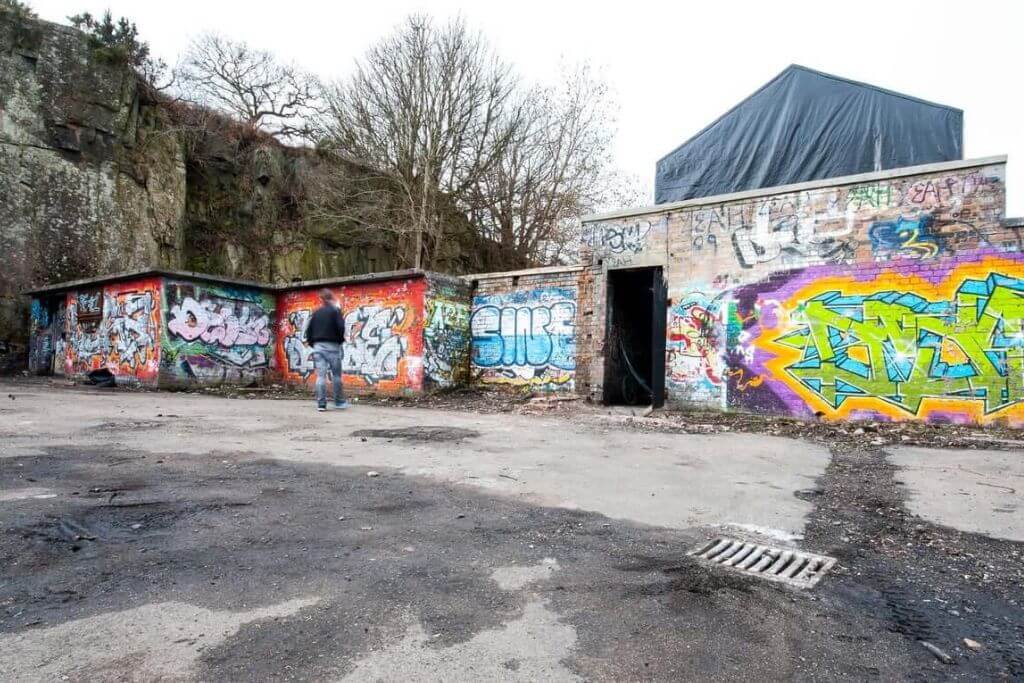
The Barnton Quarry Bunker is a Cold War relic and a clandestine bunker hidden behind Corstorphine Hill. After serving as the operations room for RAF Turnhouse during WWII, the building was converted into a Regional Seat of Government (RSG) to house Scotland’s top authorities in the event of a nuclear attack.
The base was in service from 1952 until an activist group called Spies for Peace made the location public 11 years later. When asbestos fibers were discharged into the building’s underground levels during a fire in 1992, it became dangerous.
4. Blockships of Scapa Flow

Scapa Flow in Orkney, a large, calm body of water where the Royal Navy could safely dock its ships, was fortified with powerful defenses during World War I. Several blockships were sunk during both World Wars to prevent German submarines from entering the region and assaulting the ships berthed there.
After the sinking of HMS Royal Oak at the anchor in 1939 at the hands of a U-boat that had infiltrated the sound, Winston Churchill ordered the building of the Churchill Barriers to replace the blockships.
5. Inchdrewer Castle (Banff)
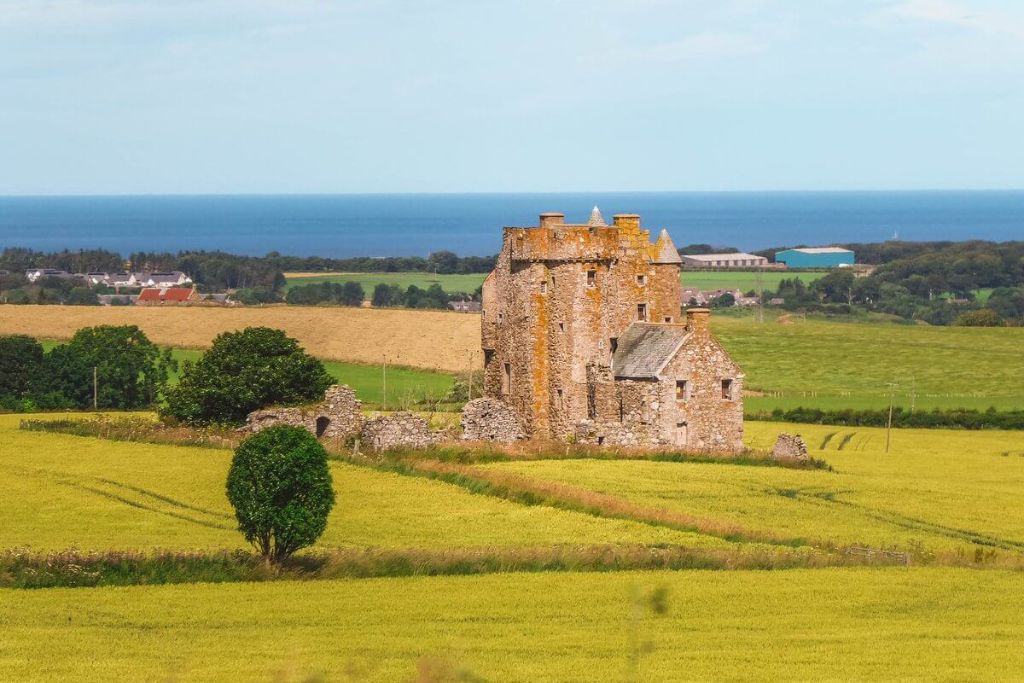
After Inchdrewer Castle was abandoned in the early 1900s and weatherproofed in the 1970s, the A-listed ruin was sold to a private buyer for about £400,000. It is thought to have been constructed in the early 1500s and purchased from the Curror family by Sir Walter Ogilvie of Dunlugas in 1557 based on the survived historical records.
Lord Banff remained a resident of the castle until 1713 when he was killed and set afire at Inchdrewer Castle. When the Duke of Cumberland besieged the castle in 1846 while looking for Bonnie Prince Charlie, more bad luck befell the location.
6. St Kilda
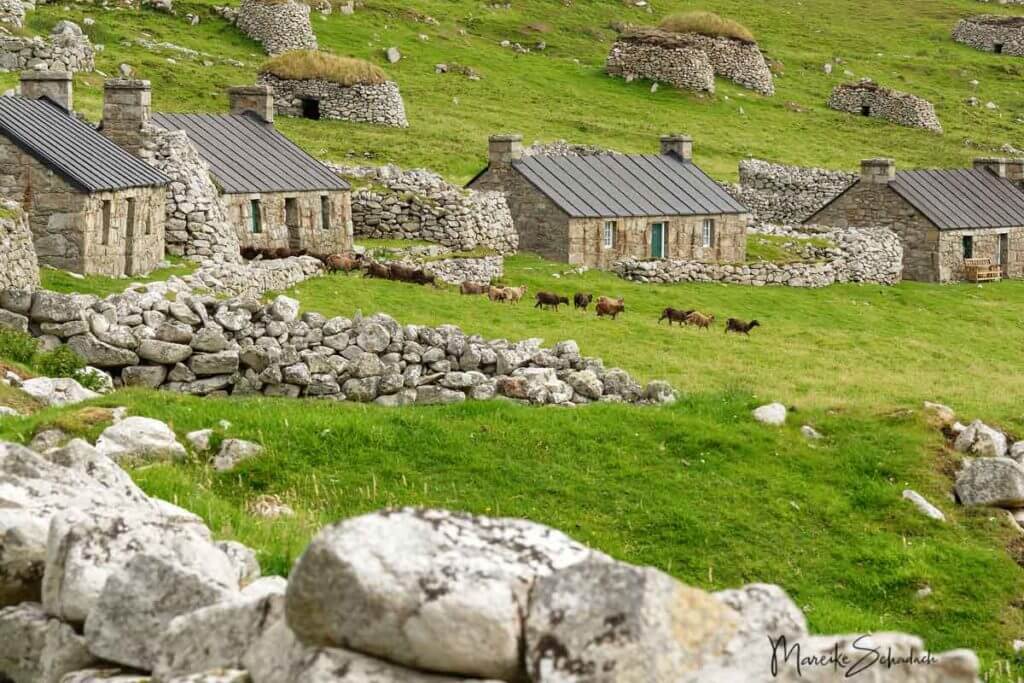
The first known occupants of St. Kilda, an archipelago in the North Atlantic about 40 miles north of Uist, date back to the Iron Age. St Kilda’s last inhabitants left in 1930; currently, the island is inhabited to seabirds such as gannets, fulmars, and puffins. Around 180 people resided in St. Kilda during its heyday in the late 1600s. After then, the land was rented by the Macleods of Dunvegan on Skye, whose factor would come by once a year to collect rent and sell imported goods.
St. Kildans soon lost its ability to fend for itself, and as its residents became increasingly reliant on imports, they began to regard the island as a prison. In 1852, 36 islanders set sail for Australia, but several died on the way. As a result of increased emigration, the island economy failed, and 36 individuals requested evacuation to the mainland in 1930.

